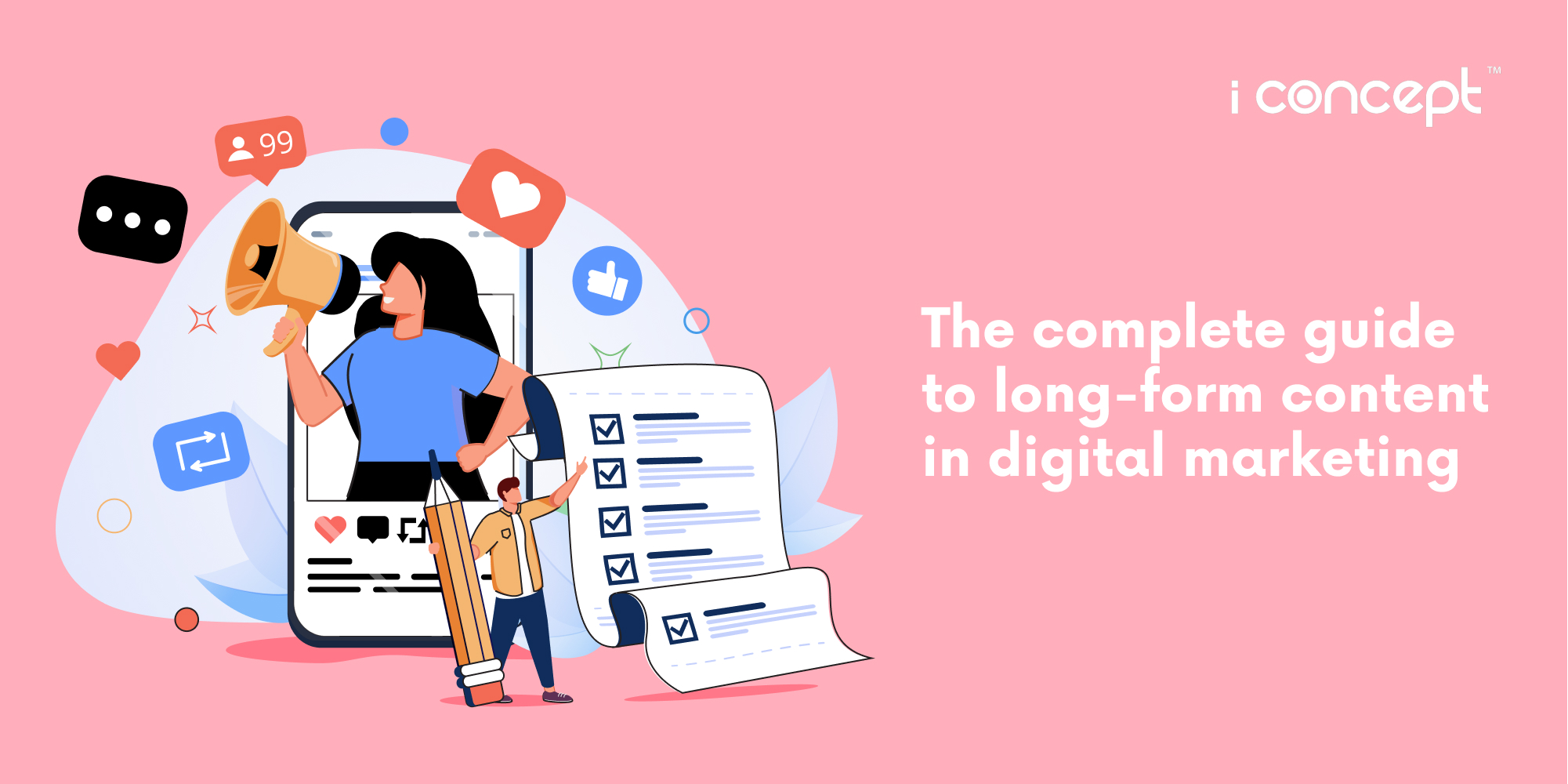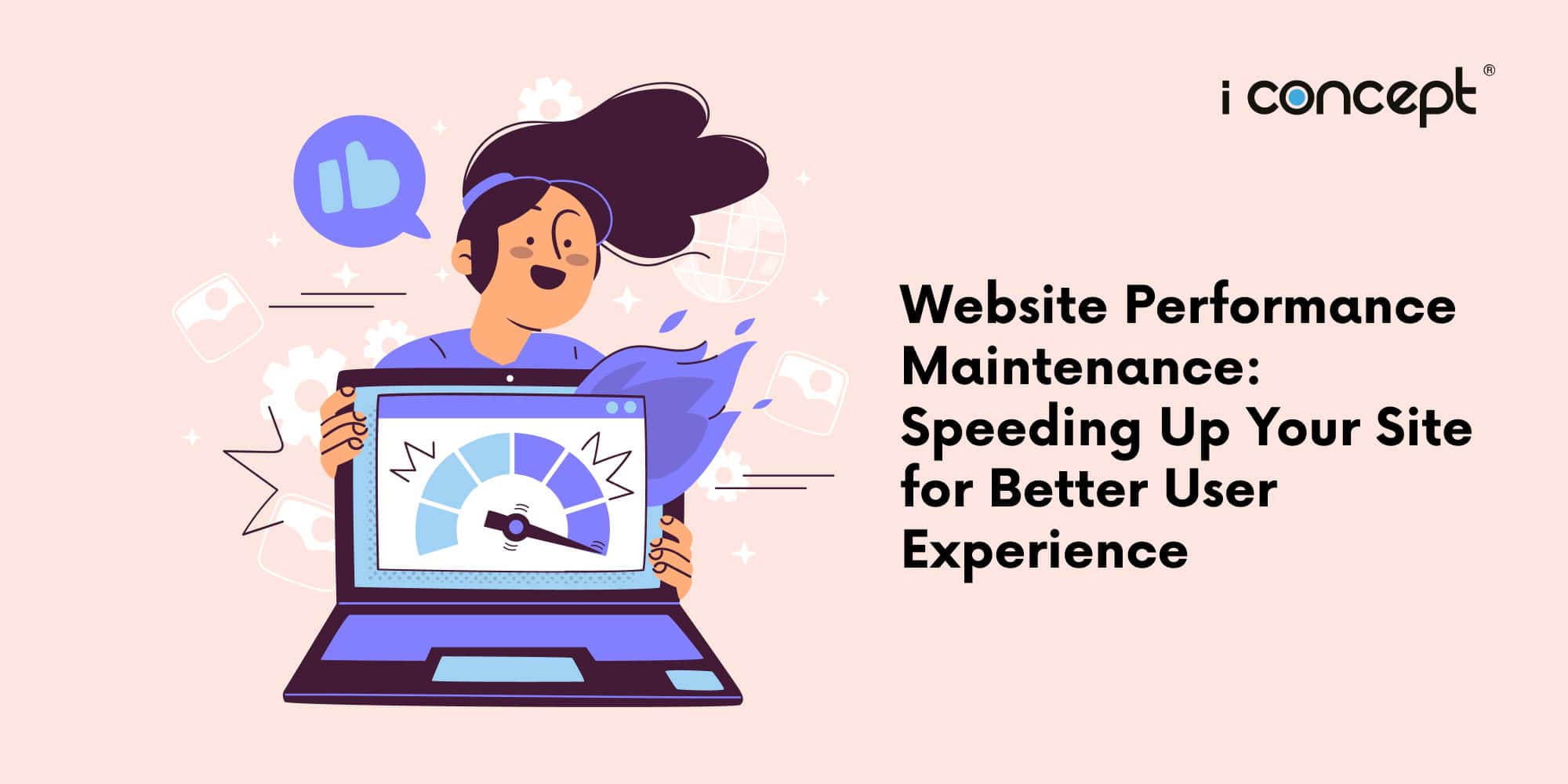Let’s talk about content in digital marketing. In particular, long-form content.
Not only that, but also why it’s a great idea to have them on your website.
Let’s say you are looking for a resource on tackling social media and digital marketing. You want a full rundown, concrete information, and actionable steps that will assist you in launching a successful campaign. You are probably going to want a resource that has got the details and is valuable, right?
That is the glory of long-form writing and content. It gives you a chance to provide highly motivated readers with a ton of value and context. Long-form content generally has a word count of over 1,000 words – so, it’s not the shortest read.
That doesn’t mean that short-form content isn’t useful for your website. You should have both to serve different purposes.
Let’s take a look at how they work.
Long-form content: What they are and how do they work
On the surface, long-form content doesn’t sound like it’s great for user engagement in digital marketing. It might seem counterintuitive to give your audience more to read in order to keep them on your website for longer. But it is true.
Long-form content describes a piece of digital copywriting that is between 1,000 – 7,500 words in general. You might want to read long-form content to get a deep dive of complicated subjects from a robust source of writing.
The purpose of long-form content is to provide valuable information to the reader. If you write long-form pieces – and make sure those articles are useful to your audience – you can increase the time spent on your site, and also increase its value to your reader.
More than that, if you optimise your website for search engines and add calls-to-action in the body of your piece, you can improve lead generation. Your articles will have a higher chance of showing up on the first page of search engine results (SERPs), and you can guide readers to offers that relate to the topic of your work.
Long-form content vs Short-form content
Short-form content can be extremely helpful to readers who want a quick answer to their queries. For instance, you can offer short-form content to provide a simple definition or explain a product in small portions. Short-form content gives your reader the information fast so that their attention doesn’t wane.
This type of shorter writing is generally under 1,000 words. It provides a general overview and saves readers time. Long-form content, on the other hand, gets deeper into topics.
In addition to diving deeper into topics, long-form content can aid with ranking highly on search engines and build your website’s reputation and authority.
If you build an archive of long-form content that’s valuable for readers, you can create a reputation as a source people look to first to help them answer their questions. It’s kind of like ordering a product online. You’d be more likely to order from a site you have used many times before, that has proved to be reputable and trustworthy, instead of trying out a brand new e-commerce option.
Another reason why long-form, valuable writing is successful, is the resultant page rank on Google. Research has shown that websites with a high “time on site” are more likely to rank highly on search engine results pages (SERPs).
When a search query is typed into Google, the search engine crawls websites for content that will help solve that user’s query. Web pages that have a longer time spent on site than others suggest to Google that browsers found that information important enough to stay on that page.
As a result, Google is more likely to suggest that page above others. (Don’t forget that a page optimised for Search Engine Optimisation (SEO) is also a huge boost to improving rank.)
So, now you know why long-form content is important to have on your site: It provides value to readers, can earn you a good reputation, and brings more eyeballs to your site. But what does good, quality long-form content have? What are the steps to creating compelling long-form content that works? Here’s a step-by-step guide.
What to focus on when writing long-form content?
- Research and choose niche-relevant topics
Creating long-form content is not about randomly putting things together. Every topic needs solid research and insights to come out as a great piece of content that will truly be helpful to your readers.
The first step is always to research your audience and industry and understand what topics might be more suitable for your readers.
Remember, your article should be a way to help people solve a problem or get a new concept to improve.
You also have to ensure that the topics you are selecting are relevant to the keywords that you desire to rank for.
Scout your competitors to find out what keywords they rank for and find out the articles that are the most popular on their sites. At the same time, do organic keyword research to find out search terms that people generally look for.
Read a lot of resources that rank for specific keywords and think of topics where you can combine and provide all the important details into one article, plus add some helpful ideas of your own.
- Create an outline of the content elements
Now, once you have selected the topics, the next thing to do is to create a topic outline. Think of the sections you will be covering within the topic and write down the headings and subheadings.
This will help to broaden the research capabilities when writing the content. Making each section as detailed as possible is key to creating compelling long-form content.
- Use a content calendar
Once you have decided on what topics to write on, prepare a content calendar.
Decide target dates when you want each article to be posted, keeping in mind to keep enough time aside for marketing and sharing.
Keep the content calendar as detailed as possible. For example, try to include data such as target keywords, target audience, relevant resources, and topic breakdown.
These details will help you to focus on your purpose when you start developing content.
- Focus on content optimisation
A piece of long-form content is indeed a long article and will take some time to read. Hence, it is important to keep the content optimised in a way so that readers do not get bored.
Even if the content is helpful, if it is stale in appearance, people might not have the interest to read it.
Here’s what you can do to get more attention.
- Organised content and easy navigation
Long-form content pieces have a lot of information to go through. To make it easier for readers, use a table of contents section at the beginning to enlist the number of topics that you will cover throughout the article.
You can link the table of content so that clicking a topic will take them to that section in the article.
In your introduction, add a paragraph, summarising what readers will learn and achieve after going through the whole article.
For example, “By the end of this article, you will learn… new techniques to achieve… and you will be able to… without hassle.”
For each heading in your article, break them down into further subheadings to explain the sections in a more detailed and understandable manner, rather than writing long paragraphs.
- Gain credibility with statistical data
People will only value your article if you can successfully show them what they can expect to achieve after reading it. Hence, using facts is the best option.
Try to provide statistics and reports on the topics you cover. For example, if you claim that a process will increase conversion, provide a report to show how it made a difference to sites that used the process.
Provide reports from statistical sites that make an estimation of the industry. For example, if you are writing about improving an e-commerce store’s performance, show statistics about how huge the e-commerce industry will be in the coming years.
Besides in-depth explanations, relevant statistical data and other fact pieces of evidence will enhance the value of your content and will engage more readers.
- Add attractive graphical content
A smart way to connect with your audience is to use graphical content. Use images from time to time. If it is a guide about using a certain tool, use screenshots of that tool to describe each step.
Adding images that help them create a visual connection with your content will help to lower the bounce rate.
However, you must keep in mind that you do not want to reduce your server’s performance by uploading too much content that is large in size.
Other than images, you can consider creating videos and adding them to the article where appropriate. You may also create infographics to summarise sections or to provide statistics. More graphical content will result in better engagements with the audience.
Other basic activities to maintain
Apart from all the pointers suggested so far, you have to conduct a few more activities on a regular basis.
- Optimise your long-form content for SEO
One of the most important steps in your long-form content creation is its search engine optimisation.
Take assistance from plugins to understand where you might be lacking in terms of keyword optimisation, readability, and other quality factors.
Make sure not to spam keywords, i.e. do not flood the article with your target keywords where it’s not appropriate. Use a meta description that tells the audience exactly what they will achieve through this article.
- Use improved writing tactics
This part is often ignored by many. Remember, you are writing for an audience, not for yourself. You have to keep your words and sentences as simple as possible.
Using difficult words will not prove you to be more of an expert. It will simply make you lose a few potential audiences who seek simple, understandable articles.
With that, you need to have a strategy to implement writing tactics that can engage more with the readers.
Use writing tactics such as:
- Listicles to list out tools or ideas
- Bullet points to highlight details
- Problem-solution style – stating a problem and providing an immediate solution
- Answer the questions “why” and “how” with examples, when supporting a point
- Short paragraphs and sentences where possible
- Offering reference resources to more elaborate explanations
- Personalised content rather than general (by talking directly to each reader using 1st person uses such as “you”, “your”, etc)
These are some of the important writing tactics you can implement for better results.
- Prepare for social media marketing
You may follow these suggestions for a better outcome.
Once you have your content ready or at least properly planned out, start creating hype on social media even before the post goes live.
- Create short videos with small summaries of a section from your long-form content and share it on your social sites even before posting the long-form content. Add a caption stating that the main content is coming soon
- Share infographics that you plan on using in your article, if any
- Create relevant images with small useful tips from your article written on them. Share them on social media while mentioning in the caption that a complete article is on the way
This will help to create trust in the audience even before the content is posted.
Do digital marketing right when you do digital copywriting right
All ready to get to the digital copywriting side of things? Or need a hand in dealing with your brand’s digital marketing efforts? You can leave it in the hands of people in the know. I Concept, your choice creative agency Singapore, can help you with it. Other than assisting you with crafting quality digital copywriting of various lengths, we can also help you navigate through SEOs and hitting SERPs right.
Starting a business or marketing campaign? The branding agency can also guide you in creating a refreshed brand persona and branding it well. As the leading agency in Singapore, we specialise in helping to build and develop brand narratives, with dedicated copywriters and designers who’ll make your work tick.
Be in touch with I Concept today.










